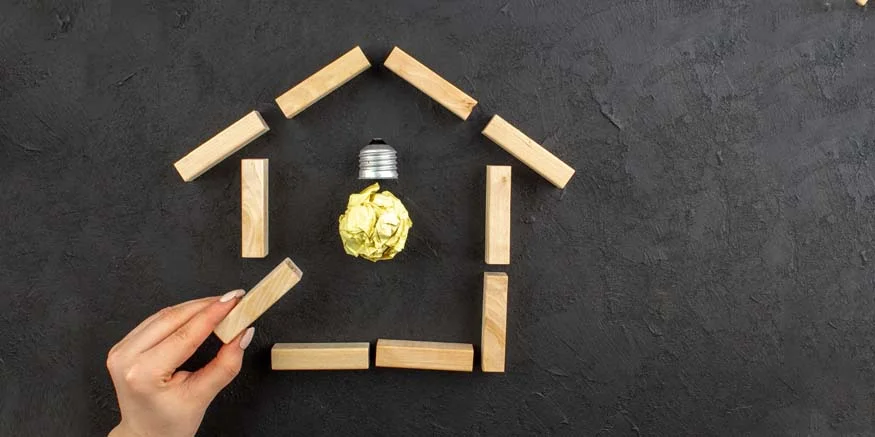After a hectic day at work, battling the maddening Bangalore traffic, I could barely walk by the time I reached home. Hoping to find some rest in my cosy corner, I was instead greeted by a rather frustrating scene.
I called out for my children, but there was no reply. I checked the house, but no one was home. However, to my surprise—or perhaps it was just the first time I truly noticed—every light and fan was on. The television hadn’t been turned off either, even though the house was empty. I went to the washroom and burned my hands with hot water—no prizes for guessing, the geyser had been left on too. Instead of letting my frustration boil over, I decided to write this blog to share some simple and practical tips on reducing energy consumption, saving money, and contributing to a sustainable future.
How Can We Save Electricity at Home?
How long does it take for someone to switch off a button? That simple act could save us a significant amount of electricity—and in turn, quite a bit of money. Electricity is a vital part of our daily lives, powering everything from the doorbell to computers, entertainment systems, and kitchen appliances. That’s quite a list!
Saving Energy Begins with Turning Off What We’ve Turned On
I started by giving my children the responsibility of checking rooms before they leave. If they’ve turned on a light or fan, they must turn it off when they leave the room.
Understanding Your Home’s Energy Usage
If more people are staying at home—whether working remotely or otherwise—it’s sensible to make the most of natural light, reducing the need for artificial lighting. Consider the following groups:
- Students studying at home
- People working from home
- Those running a cloud kitchen
- Home-based entrepreneurs
By making a few small changes, conserving energy at home becomes effortless. Here are some basic steps:
- Turn off lights, fans, and other appliances when they’re not in use.
- Adjust the thermostat to an energy-efficient setting.
- Make use of natural light during the day and avoid using light-blocking curtains.
- Be aware of peak and off-peak electricity hours.
- Identify high-energy-consuming appliances and be mindful when purchasing or renting them.
Simple Energy-Saving Swaps
- Replace incandescent bulbs with LED lights.
- Upgrade to energy-efficient appliances.
- If you live in a standalone house or villa, consider installing solar panels.
- Conduct regular home audits to check the efficiency of appliances and the condition of electrical wiring.
Thanks to advancements in technology, we now have smart appliances that can be turned on and off remotely, whether you’re in the office or elsewhere.
Conclusion
Using electricity wisely at home is easier than you might think. By implementing a few simple and practical steps, you’ll not only reduce your energy bills but also contribute to a more sustainable future. Remember, every small change adds up and can make a significant difference.
Here’s to a greener future!
Also Read: 10 Crucial things kids can do to slow down climate change









